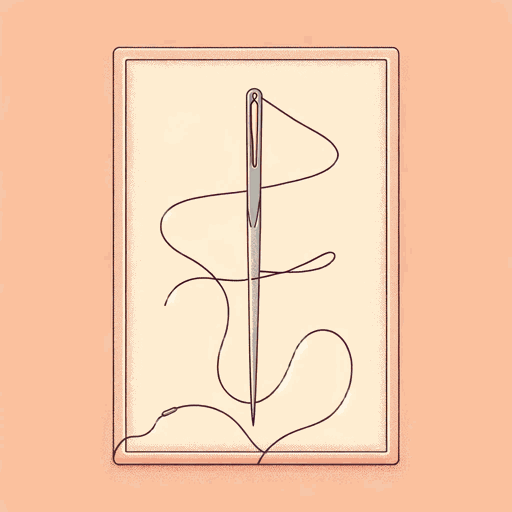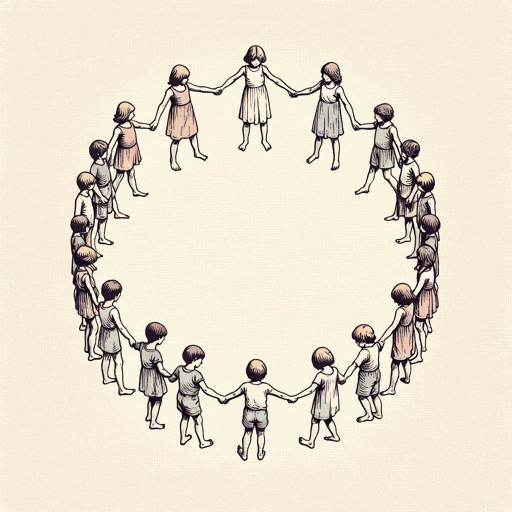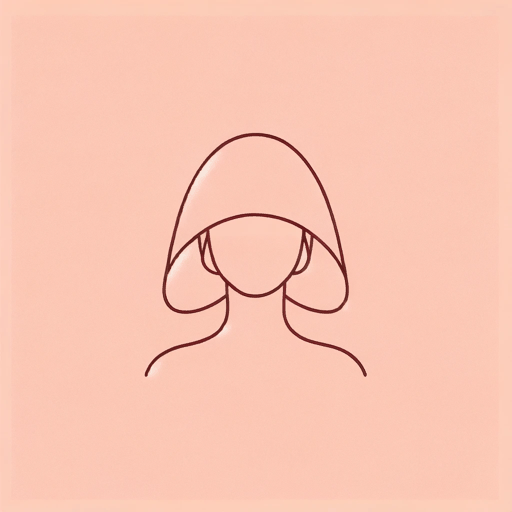29 pages • 58 minutes read
Margaret AtwoodHappy Endings
Fiction | Short Story | Adult | Published in 1983A modern alternative to SparkNotes and CliffsNotes, SuperSummary offers high-quality Study Guides with detailed chapter summaries and analysis of major themes, characters, and more.
Quiz
How to use
This flexible-use quiz is designed for reading comprehension assessment and activity needs in classroom, home-schooling and other settings. Questions connect to the text’s plot, characters, and themes — and align with the content and chapter organization in the rest of this study guide. Use quizzes as pre-reading hooks, reading checks, discussion starters, entrance/exit “tickets,” small group activities, writing activities, and lessons on finding evidence and support in a text.
Depth of Knowledge Levels: Questions require respondents to demonstrate ability to:
- Recall and Understand Content (e.g., who, what, where, when)
- Apply and Analyze Ideas (e.g., how and why)
Questions
1. The third line of the story’s brief exposition reads, “If you want a happy ending, try A.” Which narrative point of view is this an example of?
A) first-person
B) second-person
C) third-person
D) first-person plural
Discussion Suggestion: Use the above question to introduce or review narrative point of view and the various forms it can take. Why might Atwood have decided to use both third-person and second-person narration in her story? How do different narrative viewpoints create different effects in stories, including how realistic, reliable, distant, or immediate they seem?
2. What is the “happy ending” of plot A?
A) John and Mary get married
B) John and Mary live happily ever after
Related Titles
By Margaret Atwood

Alias Grace
Margaret Atwood

Backdrop Addresses Cowboy
Margaret Atwood

Cat's Eye
Margaret Atwood

Death By Landscape
Margaret Atwood

Hag-Seed: William Shakespeare's The Tempest Retold
Margaret Atwood

Helen of Troy Does Countertop Dancing
Margaret Atwood

Lady Oracle
Margaret Atwood

Life Before Man
Margaret Atwood

MaddAddam
Margaret Atwood

Oryx and Crake
Margaret Atwood

Rape Fantasies
Margaret Atwood

Siren Song
Margaret Atwood

Stone Mattress
Margaret Atwood

Surfacing
Margaret Atwood

The Blind Assassin
Margaret Atwood

The Circle Game
Margaret Atwood

The Edible Woman
Margaret Atwood

The Handmaid's Tale
Margaret Atwood

The Heart Goes Last
Margaret Atwood

The Landlady
Margaret Atwood

